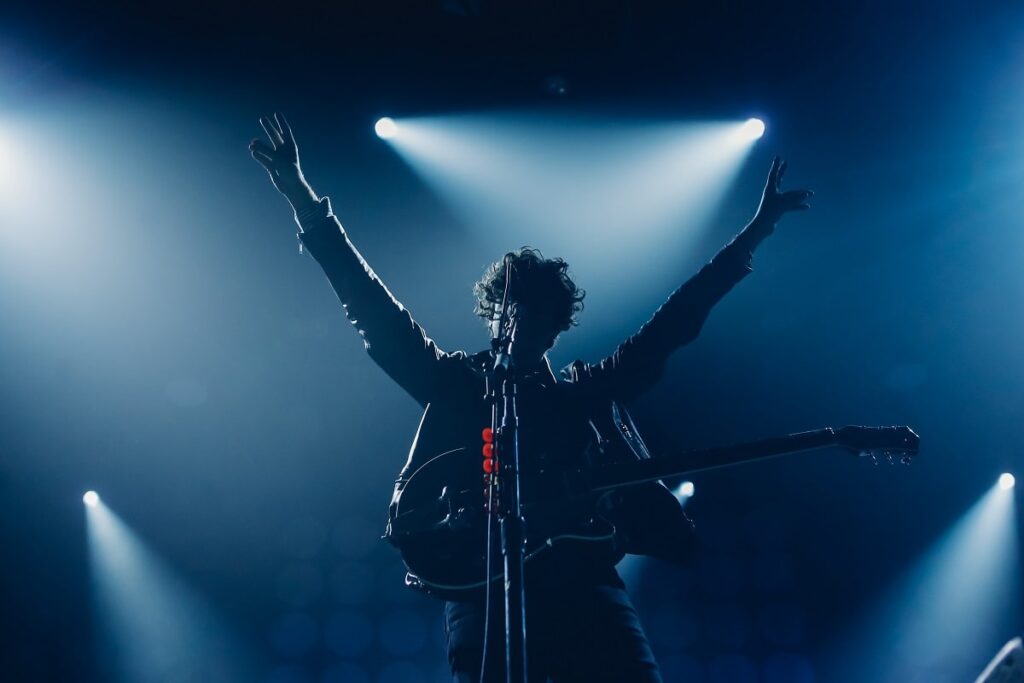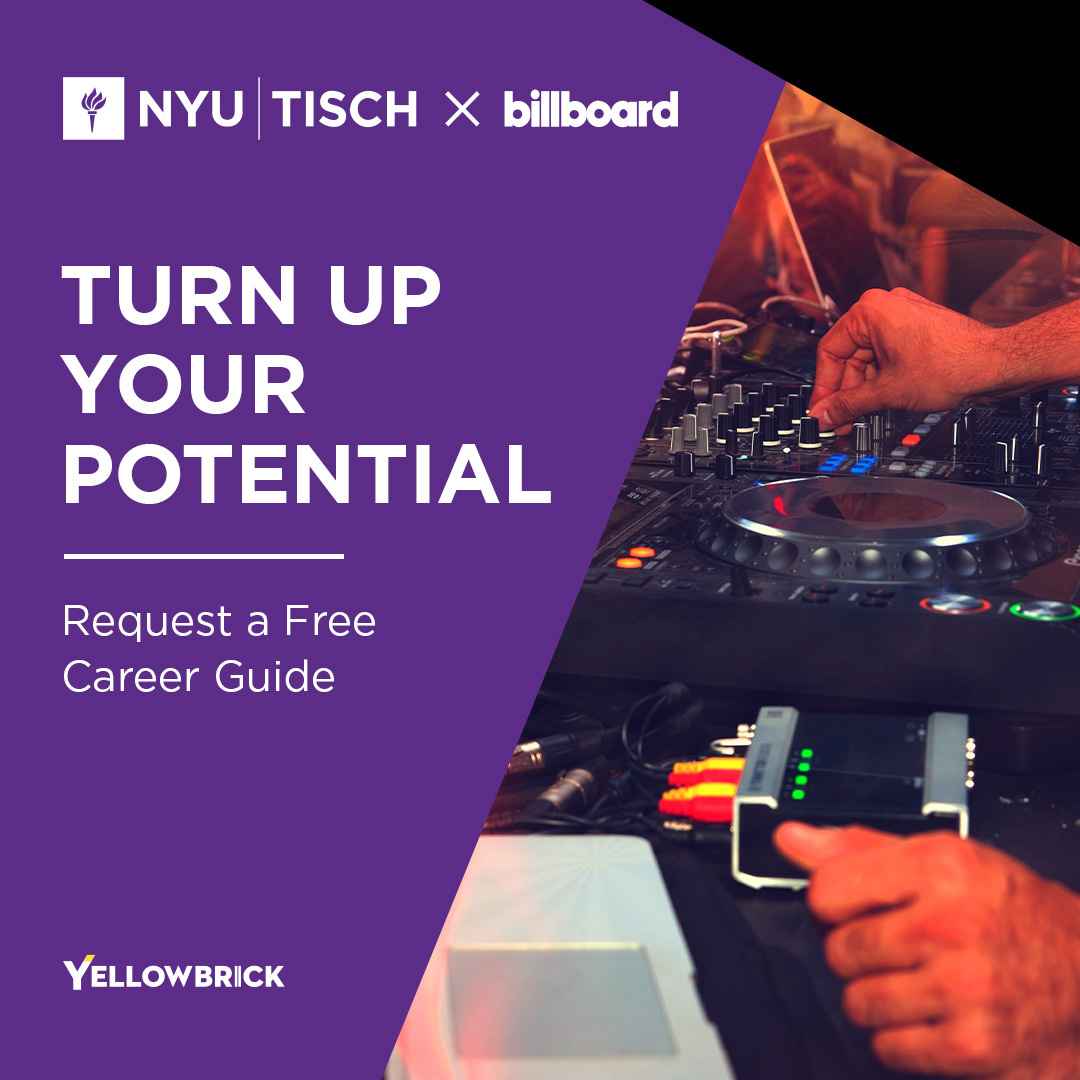What are Alternative Acts?
Alternative acts encompass a wide range of artistic expressions that deviate from mainstream conventions. They embody a spirit of nonconformity, often incorporating elements of rebellion, subversion, and experimentation. While alternative acts can be found in various artistic disciplines, they are particularly prominent in music, theater, and visual arts.
Origin and Evolution
The roots of alternative acts can be traced back to different artistic movements throughout history. In the realm of music, genres like punk, grunge, and indie rock laid the foundation for alternative acts by challenging the dominance of mainstream pop music. These genres embraced a DIY ethos, prioritizing authenticity and individual expression over commercial success.
In theater, alternative acts emerged as a response to traditional storytelling techniques. Experimental theater groups like The Living Theatre and The Wooster Group pushed boundaries by incorporating multimedia elements, immersive experiences, and unconventional narratives. These acts aimed to break down the fourth wall and engage audiences in new and thought-provoking ways.
In visual arts, alternative acts have flourished through various movements such as Dadaism, Surrealism, and Pop Art. Artists like Marcel Duchamp, Salvador Dalí, and Andy Warhol challenged traditional notions of art, blurring the lines between high and low culture, and introducing new forms of expression.
Impact and Influence
Alternative acts have had a profound impact on the entertainment industry, shaping popular culture and inspiring future generations of artists. They have challenged the status quo, disrupted established norms, and paved the way for new artistic possibilities. By embracing alternative acts, audiences have been exposed to diverse perspectives, unconventional storytelling techniques, and boundary-pushing creativity.
Moreover, alternative acts have provided a platform for underrepresented voices and marginalized communities. They have become a vehicle for social commentary, addressing important issues such as race, gender, sexuality, and politics. Through their work, alternative acts have sparked conversations, challenged societal norms, and contributed to the broader discourse on social change.
Navigating the World of Alternative Acts
For aspiring artists looking to explore alternative acts, there are various avenues to consider. One option is to seek out alternative venues and platforms that prioritize experimental and non-mainstream performances. These spaces provide a supportive environment for artists to showcase their work and connect with like-minded individuals.
Another avenue is to collaborate with other artists who share a similar vision. By joining forces, artists can pool their talents, resources, and ideas to create impactful and memorable performances. Collaborative projects often lead to exciting and unexpected outcomes, pushing the boundaries of creativity even further.
Additionally, aspiring artists can benefit from educational programs and courses that focus on alternative acts. Institutions like New York University (NYU) and Parsons School of Design offer programs tailored to aspiring alternative artists. Online platforms like Yellowbrick provide specialized courses that cover various aspects of the entertainment industry, including alternative acts.
In conclusion, alternative acts have become an integral part of the entertainment industry, offering a refreshing and dynamic approach to creativity. Through their nonconformity, experimentation, and social commentary, alternative acts challenge the norms and inspire both artists and audiences alike. By exploring the world of alternative acts and embracing their unconventional spirit, aspiring artists can carve their own paths and make a lasting impact in the realm of creative expression.
Key Takeaways:
- Alternative acts encompass a range of artistic expressions that deviate from mainstream conventions, pushing boundaries and offering a fresh perspective on creativity.
- These acts have roots in various artistic movements and genres, such as punk, experimental theater, and avant-garde visual arts.
- Alternative acts have had a profound impact on the entertainment industry, shaping popular culture and inspiring future generations of artists.
- They provide a platform for underrepresented voices and address important social issues through their work.
- Aspiring artists can navigate the world of alternative acts by seeking out alternative venues, collaborating with like-minded artists, and exploring educational programs.
If you’re looking to deepen your understanding of the entertainment industry and alternative acts, consider enrolling in the “NYU x Billboard | Music Industry Essentials” online course and certificate program offered by Yellowbrick. This comprehensive program will equip you with the knowledge and skills necessary to thrive in the dynamic world of alternative acts and creative expression.




